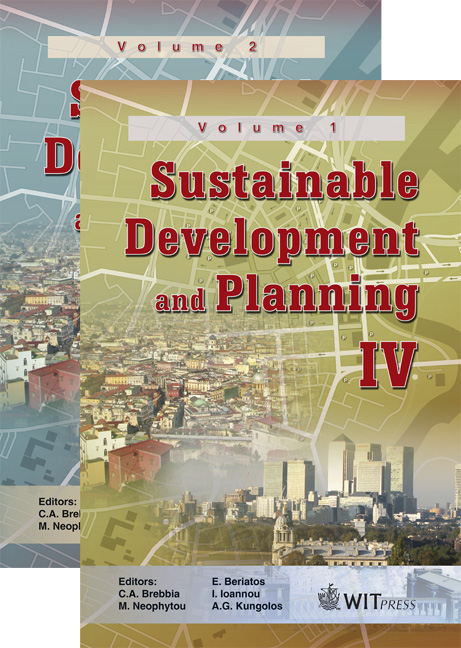Tourism As A Tool Of Sustainable Regional Development And The Importance Of Clusters In Latvia: The Example Of Sigulda And Ventspils
Price
Free (open access)
Transaction
Volume
120
Pages
10
Page Range
823 - 832
Published
2009
Size
289 kb
Paper DOI
10.2495/SDP090772
Copyright
WIT Press
Author(s)
A. Klepers & M. Rozīte
Abstract
The goal of this research is to evaluate the role of tourism in sustainable regional development in Latvia. The authors have focused on the identification and mapping of spatial structures in Latvia, choosing the most popular tourist destinations Sigulda and Ventspils cities as textbook examples of such territories. The concept of clusters has been chosen as the most appropriate theory for tourism as a tool of urban development and evaluating the spatial structure of tourism. The result of the research was the identification of a tourism cluster and mapped city influence zone in Sigulda and Ventspils, where spatial processes have developed differently. This research has not only confirmed the advantage of a cluster – the ability to attract new business innovations despite the existing competition in the area – but it has also showed the different character of urban development and integration with surrounding counties in accordance with sustainability principles. Keywords: tourism cluster, sustainable urban development, spatial structures of tourism, creative milieu, regional planning. 1 Introduction The importance of effective tourism planning in ensuring economic benefit and sustainability is now widely recognized. Tourism is a sector that is often seen as an opportunity for regional development. This is particularly true in areas with an attractive landscape and interesting aspects of culture and history, as well as local residents who are full of initiative. There are many such locations, and most
Keywords
tourism cluster, sustainable urban development, spatial structures of tourism, creative milieu, regional planning.





